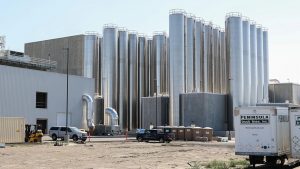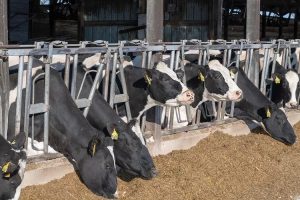
The North Carolina Commissioner of Agriculture, Steve Troxle, said in a press release he is waiting for more diagnostic information from the NVSL and will work collaboratively with federal partners and dairy farmers in the state.
“We have spent years developing methods to handle HPAI in poultry, but this is new and we are working with our state and federal partners to develop protocols to handle this situation,” he said. “It is important to note the FDA has no concern about the safety or availability of pasteurized milk products nationwide.”
The other six states with NVSL-confirmed reports of HPAI in dairy are:
- Idaho: 1 case
- Kansas: 3 cases
- Michigan: 2 cases
- New Mexico: 4 cases
- Ohio: 1 case
- Texas: 9 cases
In addition, the National Milk Producers Federation reports that eight states now have dairy cattle importation requirements or restrictions:
The Federation adds that there is “no concern about the safety of the milk supply or that this circumstance poses a risk to consumer health because products are pasteurized before entering the market, per the Food and Drug Administration (FDA). Only milk from heathy animals is authorized for distribution into interstate commerce for human consumption. Additionally, pasteurization has continually proven to inactivate bacteria and viruses, including influenza, in milk.”
You can now read the most important #news on #eDairyNews #Whatsapp channels!!!
🇺🇸 eDairy News INGLÊS: https://whatsapp.com/channel/0029VaKsjzGDTkJyIN6hcP1K

























